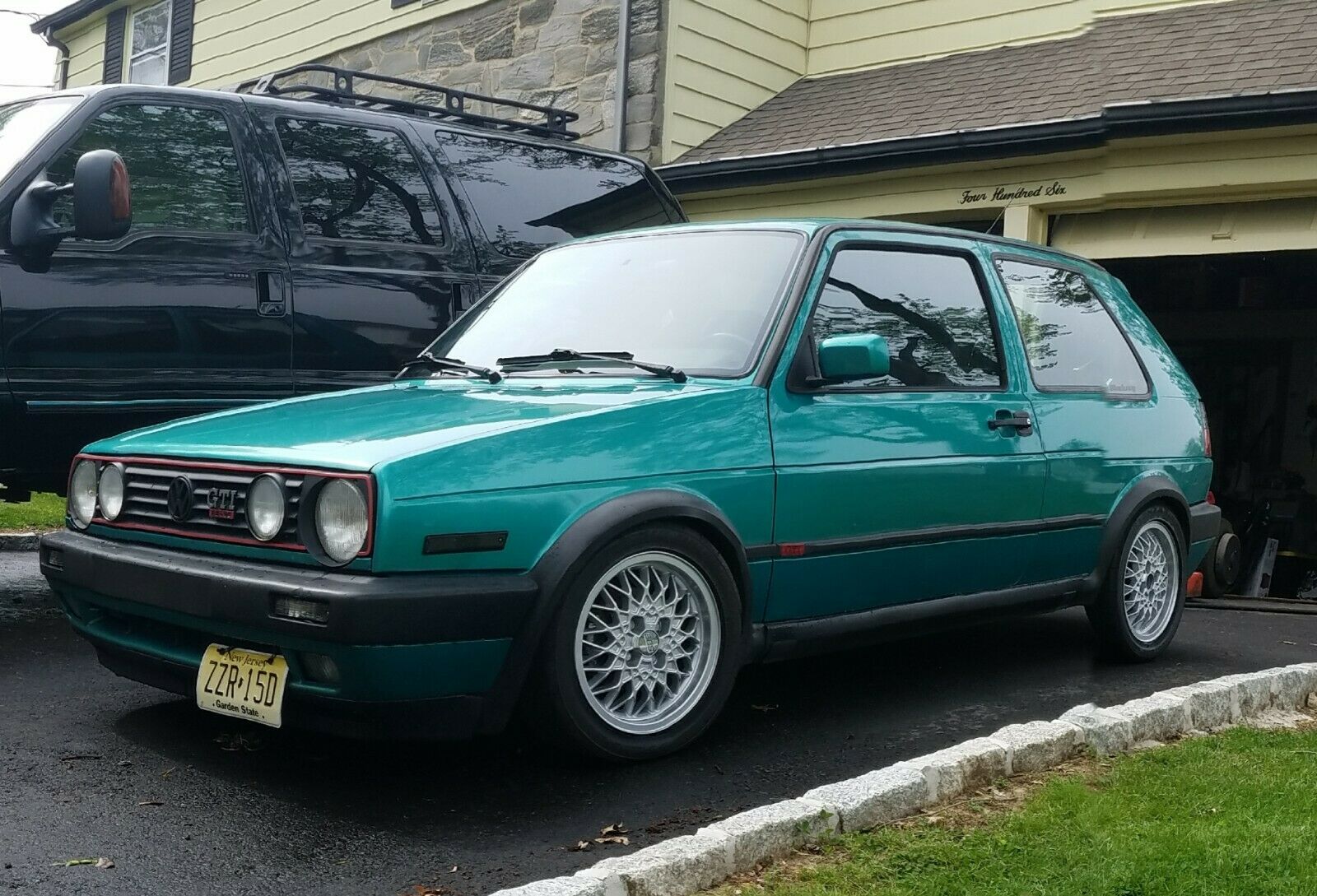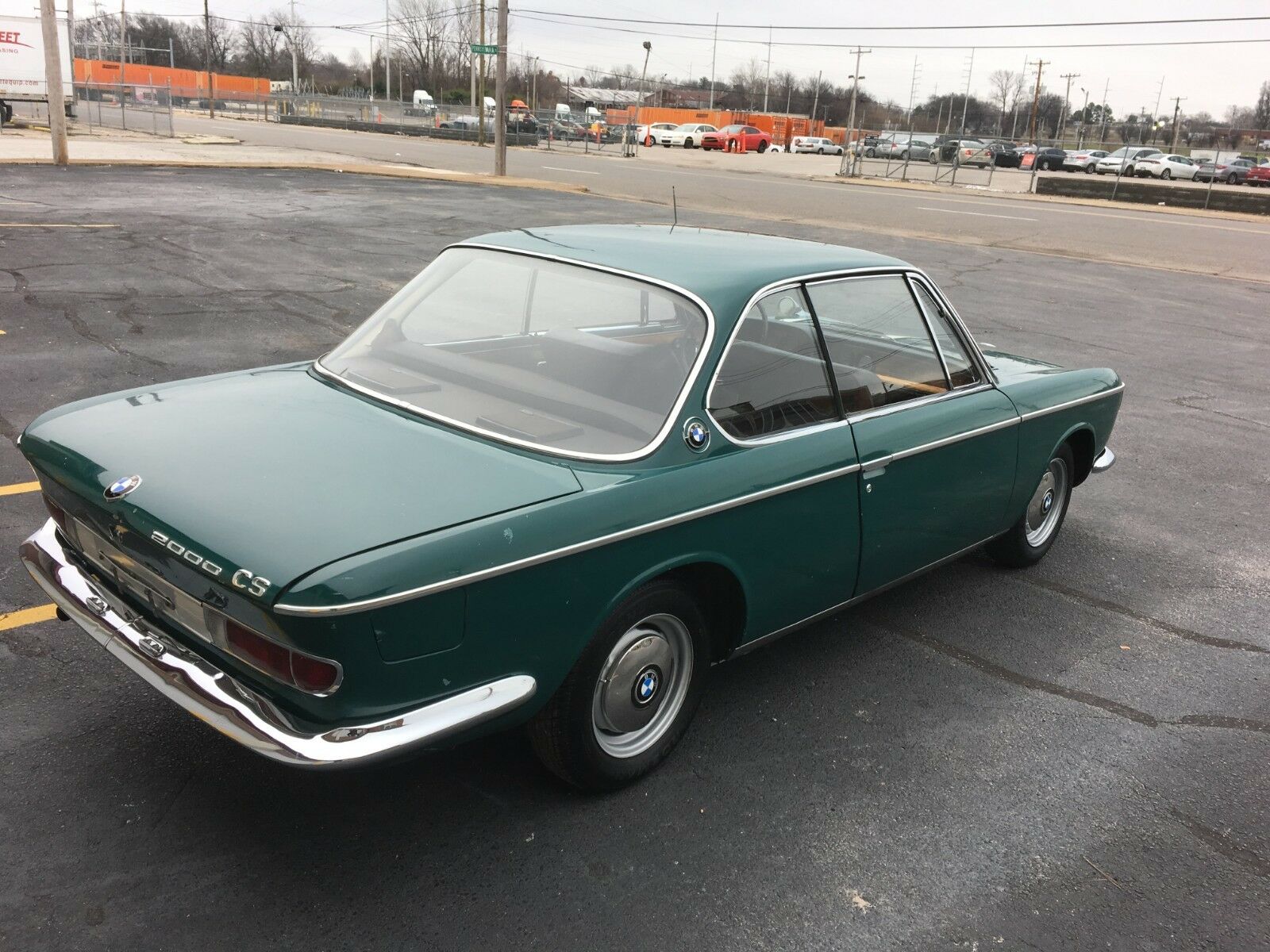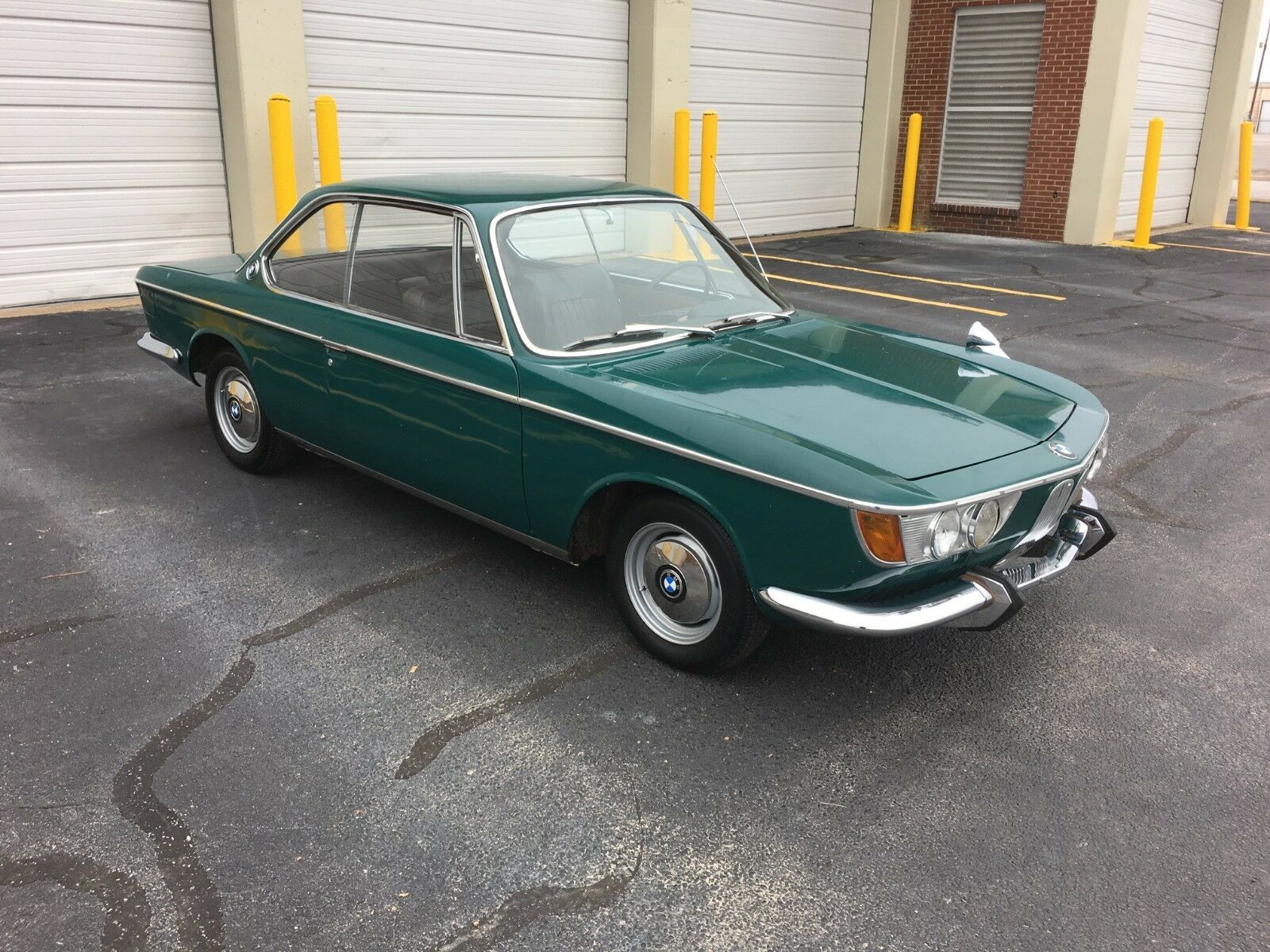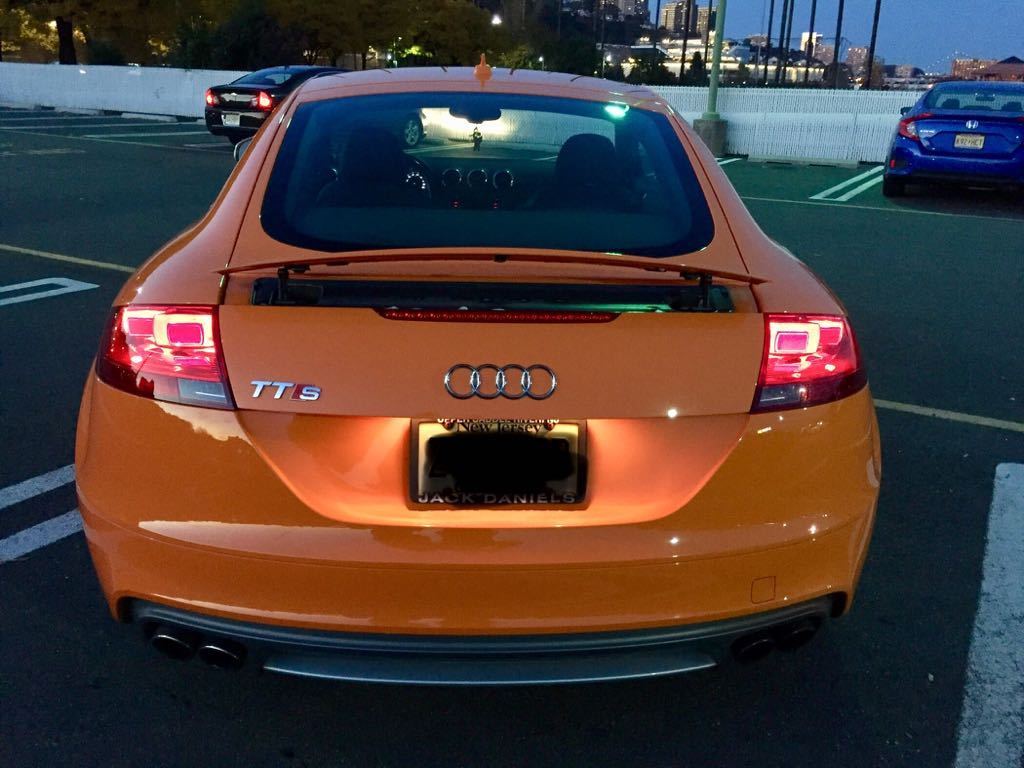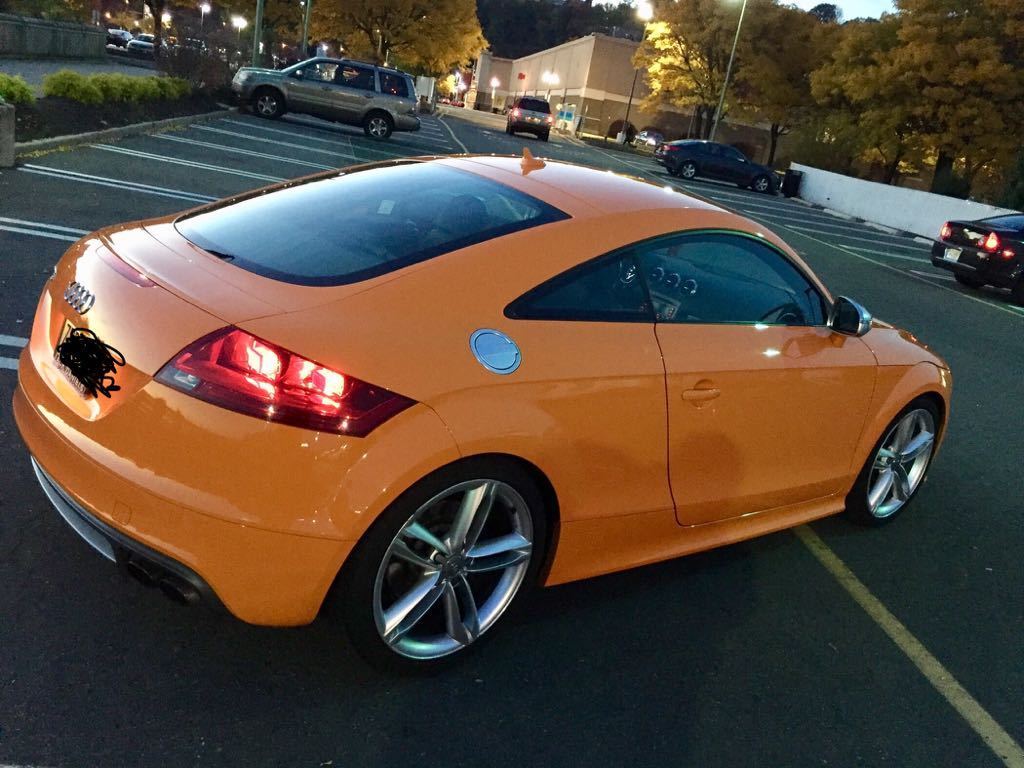In its second full year for production, Porsche’s entry-level 924 model sped out of the gate – at least, in terms of sales. Some 11,638 traded in 1978, the model’s single most successful year by quite a margin. In fact, if you find an early non-Turbo 924, odds are it’ll be a ’78 since about 30% were when new. Obviously, the appeal of a (relatively) inexpensive Porsche worked; consider that even in the heyday 80s, Porsche never sold more than 2,700 928s a year here – often quite less – and the 924 comprised about 70% of the firms sales in the 1970s. This is the model that kept the lights on, Mr. Turbo Carrera.
Of course, by itself that doesn’t make an early 924 excited, nor is it solely a compelling reason to buy one. But there were some neat options for the early 924, not least of which was the Turbo. There were also a plethora of limited edition models, from the most famous Martini World Championship model to the Sebring ’79 edition, the ’78 Limited Edition, the M471 S models and the Weissach Commemorative Edition to consider. And that’s if you choose to ignore the much better later 924S model, too!
This car is none of those models. Yet, I think it’s still worth a look, so let’s see why:



